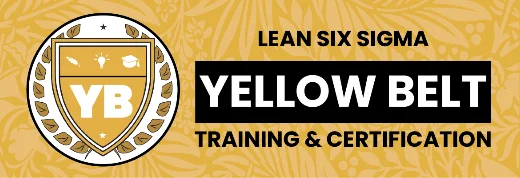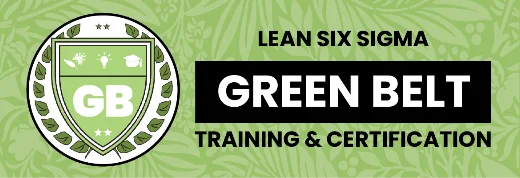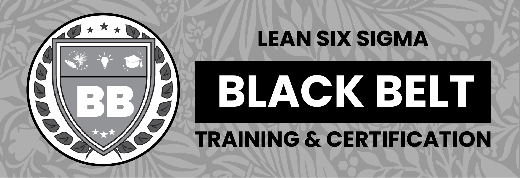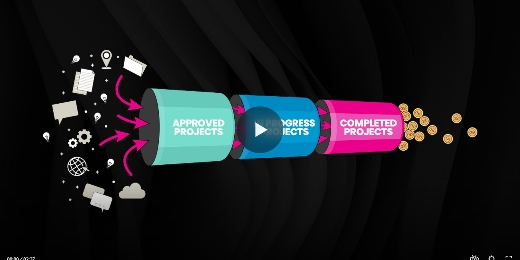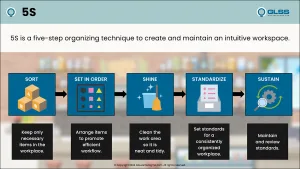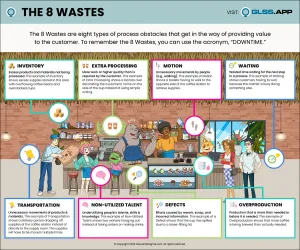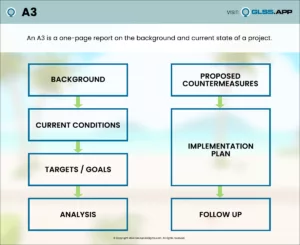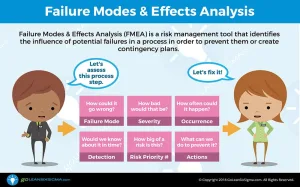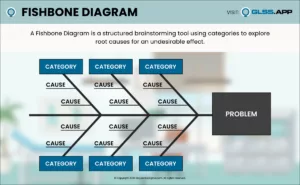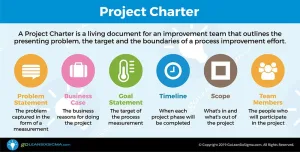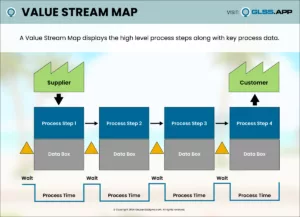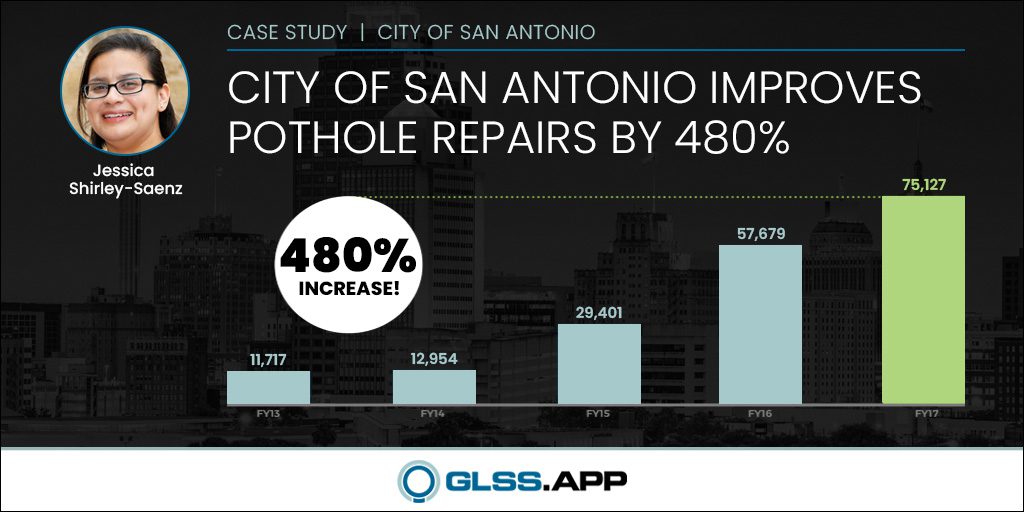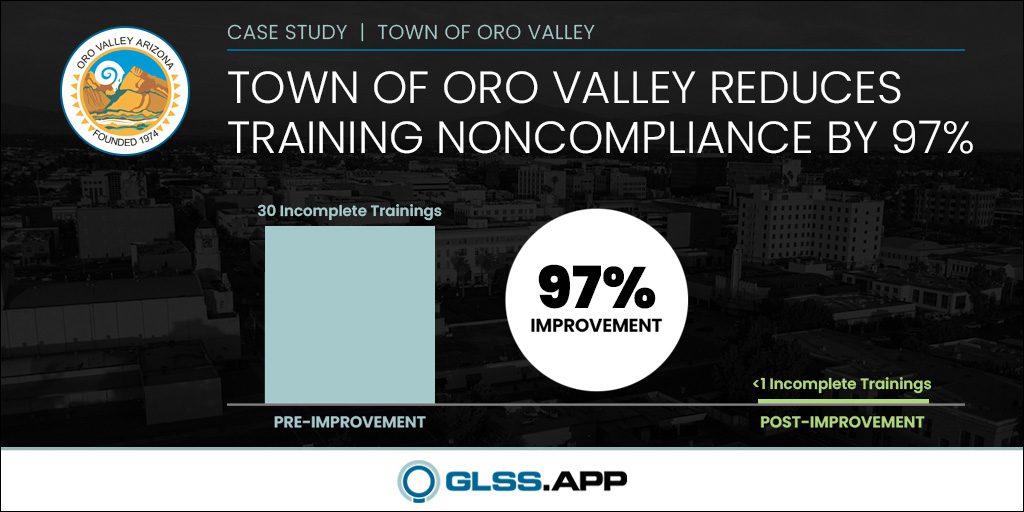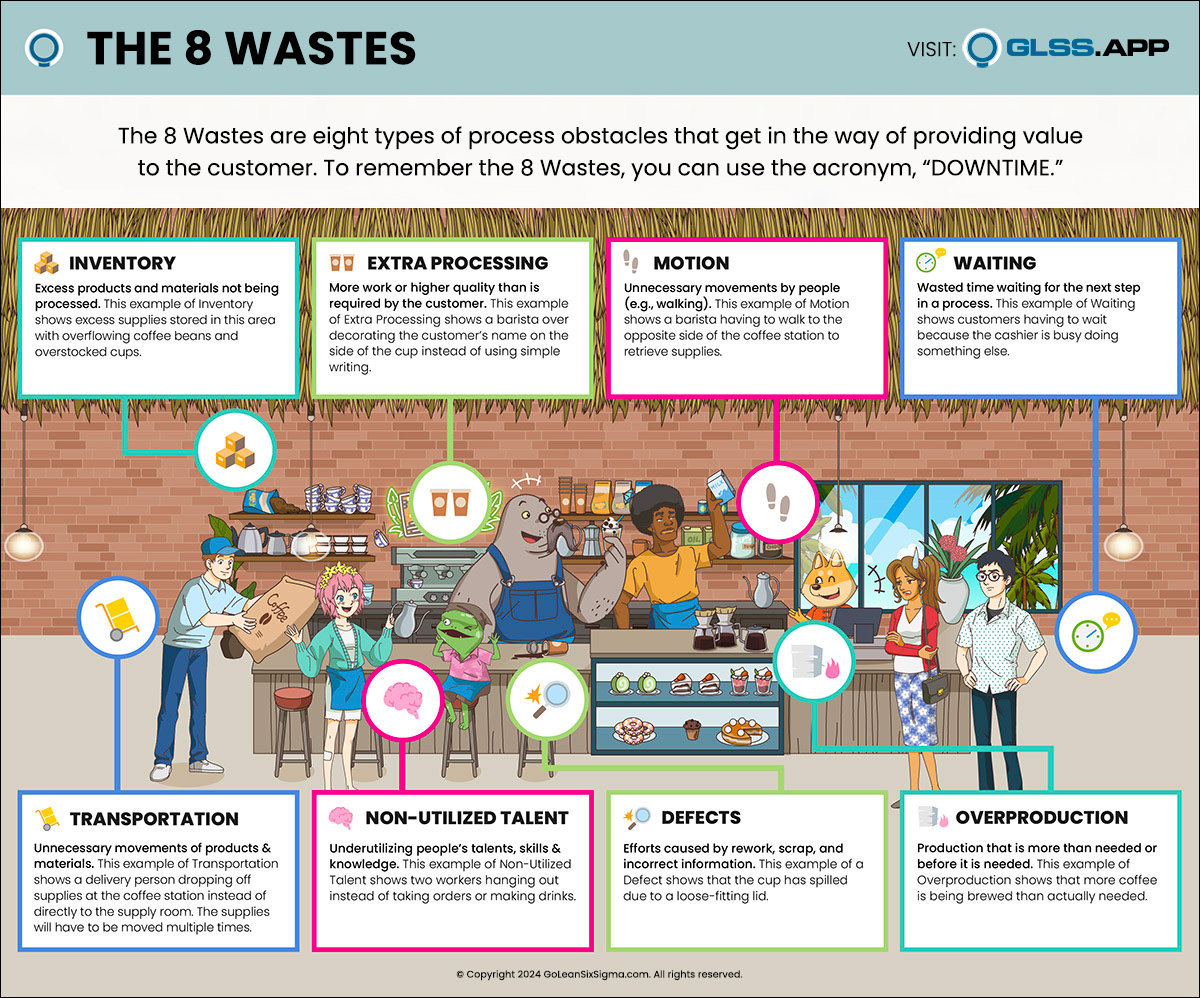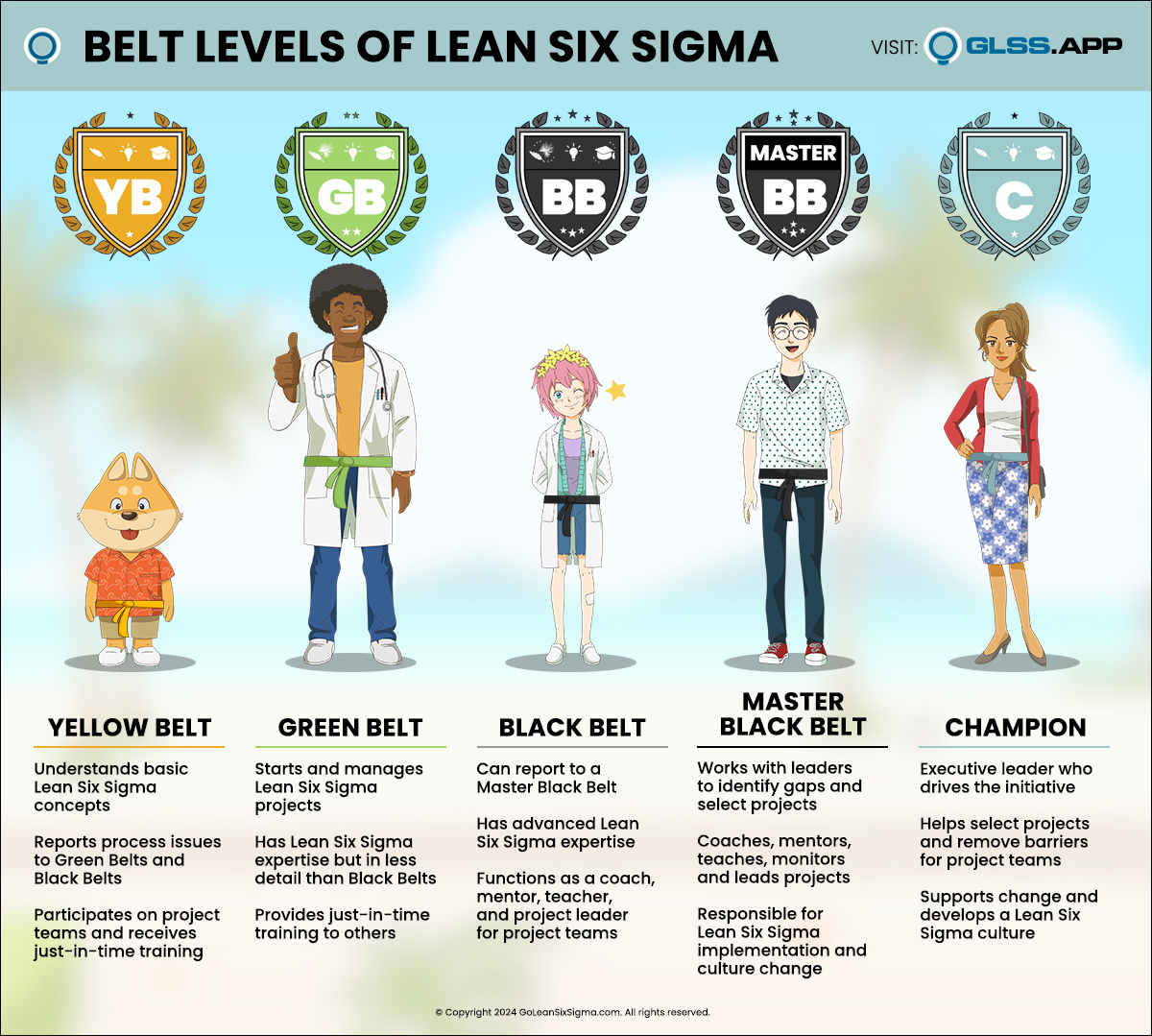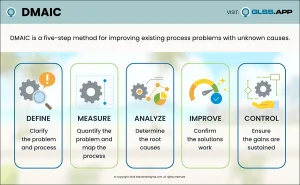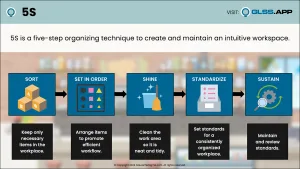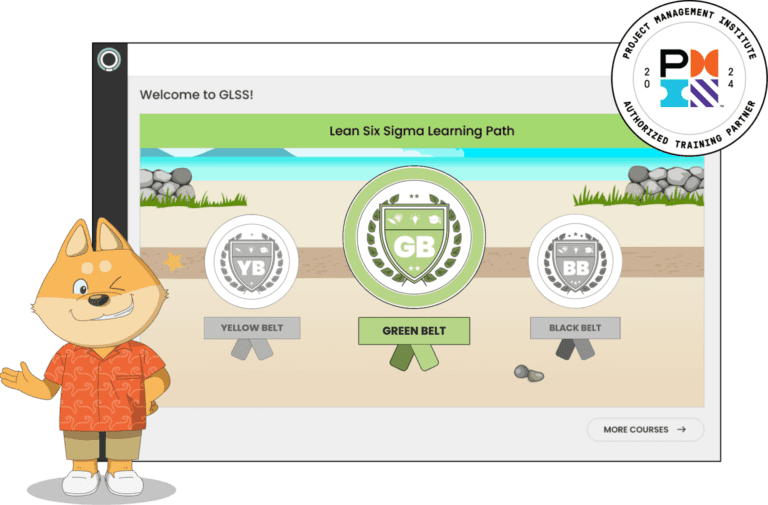Is getting Green Belt Certification worth it? Do hiring managers care about it? What kind of salary can you expect? What do you need to know? Here’s a list of key information you should check out before making the investment in time, money and your future.
What You Need to Know About Lean Six Sigma Green Belt Training & Certification
1. According to Dick Costolo, former CEO of X/Twitter, the type of problem-solving skills you gain with a Lean Six Sigma Green Belt Certification are what today’s cutting-edge companies value most in prospective employees.
2. According to Salary.com, the national average salary for a Certified Green Belt is $116,100 per year in the United States (2024).

3. Green Belt Certification is the most sought after certifications of all the “Belt” levels within Lean Six Sigma.
4. Green Belt Training teaches you to manage by facts and data. As Jack Welch, the former CEO of GE, once said, “If we’re going to manage by opinions, I’d rather they were mine!”
5. Lean Six Sigma follows the adage, “creativity before cash,” and Green Belt Training provides you with the tools and techniques to support the creativity that organizations so desperately need to increase profit and reduce costs.
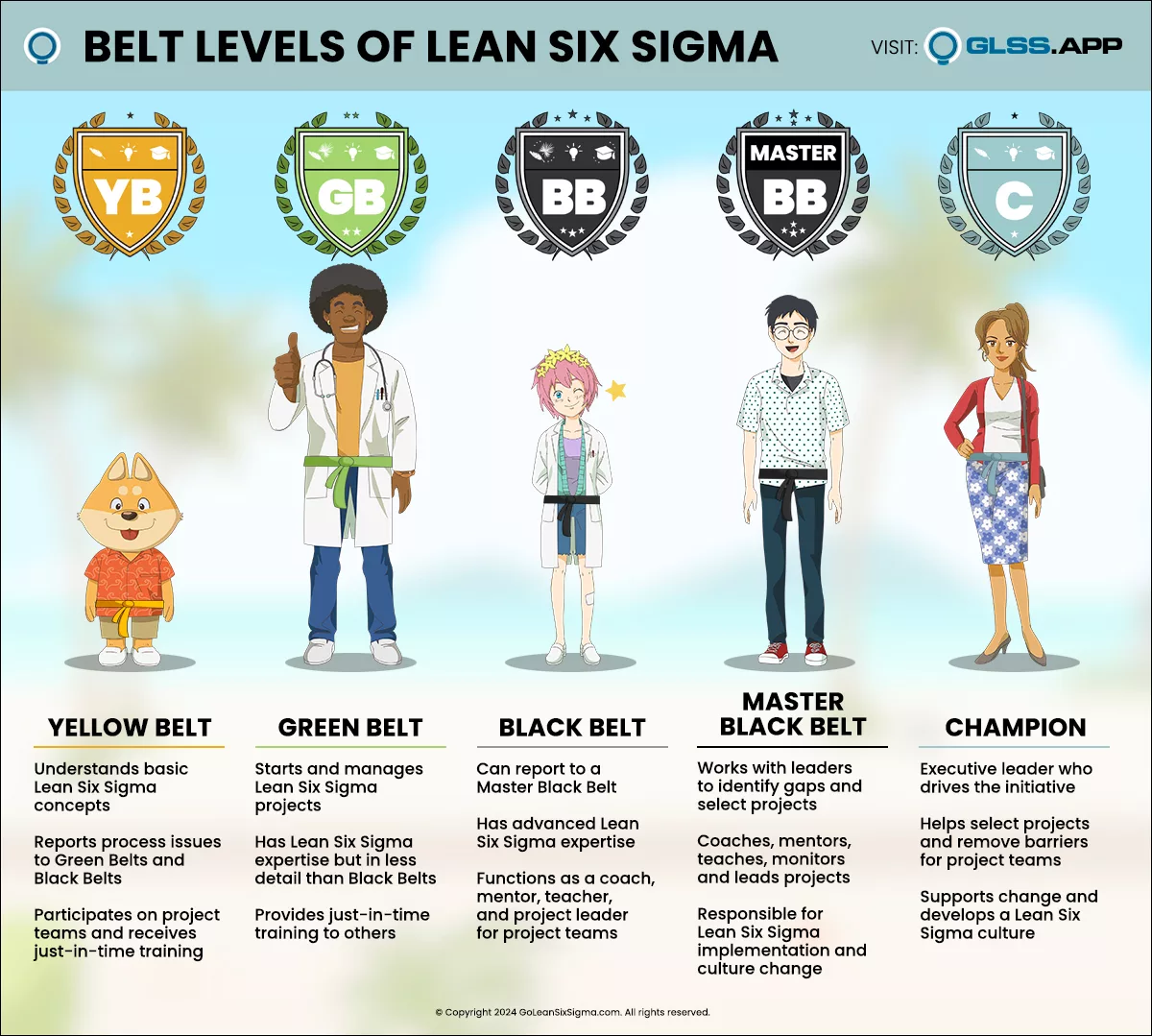
6. Working on a Green Belt project leads to valuable exposure to both the people and the processes within the organization which increases your understanding of the business and gives you valuable connections.
7. Problems without solutions aren’t so bad if there is a path through uncertainty, and Lean Six Sigma’s DMAIC methodology provides that pathway.
8. Lean Six Sigma Green Belt Certification helps build problem-solving muscles – and problems are one thing organizations will never run out of!
9. Lean Six Sigma tools alone won’t sustain change – it’s about people too. With Green Belt Certification you learn to implement successful change by collaborating with the right people and by treating them with respect.
10. A bad process will beat a good person every time, and Green Belt Training focuses on fixing the process, not blaming the people who work in the process.
11. If you don’t make use of your new Green Belt skills within 40 days you are likely to forget them – use it or lose it!
12. GoLeanSixSigma.com’s Green Belt Training enables you to apply Lean Six Sigma even before you become certified.
13. You don’t need a Green Belt project to apply Green Belt tools and concepts.
14. Lean Six Sigma Green Belt Certification is recognized by organizations worldwide.
15. You don’t need to be a statistician to be a great Green Belt.
“The minute you stop learning is the minute your value starts going down.” – Tracey and Ernie Richardson, co-authors of the Shingo-Prize-Winning The Toyota Engagement Equation
16. GoLeanSixSigma.com’s training takes advantage of the fact that people learn more when they’re enjoying themselves.
17. The most basic tools and techniques are often the most powerful – making process improvements doesn’t have to be complicated.
18. You can get a 15% productivity boost just by applying the “5S” technique to any work area.
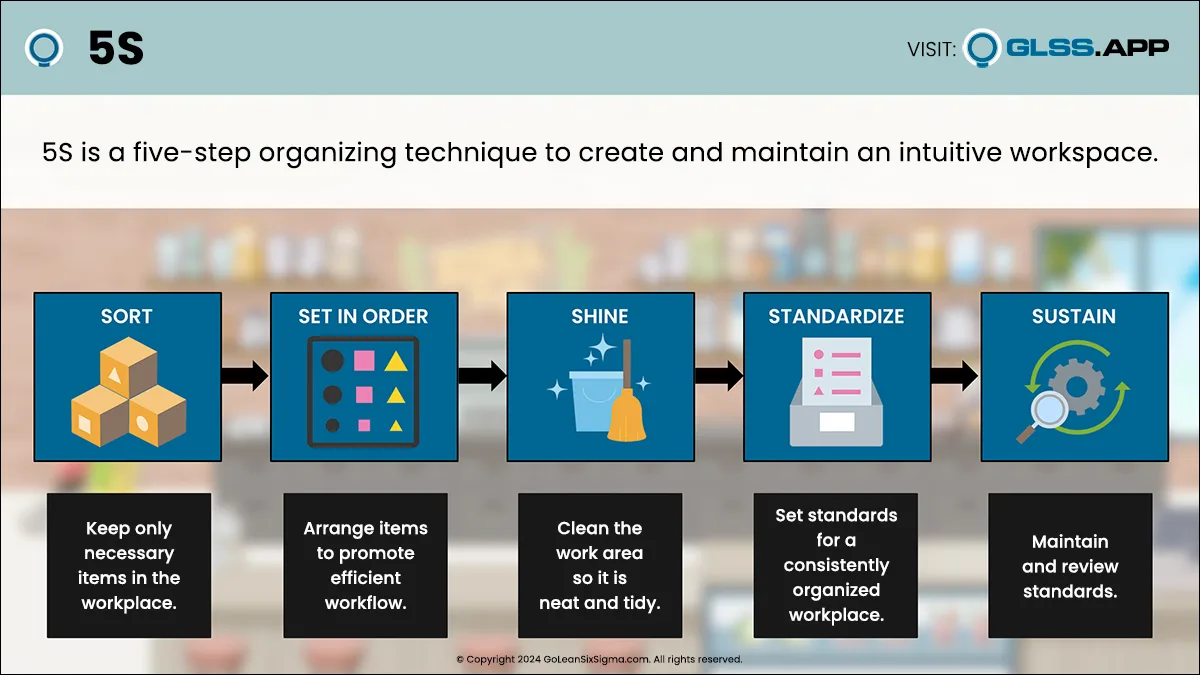
19. Creating a basic Process Map of any process immediately uncovers pain points and opportunities for improvement.
20. Whether it’s Manufacturing or Service; Sales, Marketing, Finance or the back office, virtually every area of every industry can make use of and benefit from conducting Lean Six Sigma process improvements.
21. Becoming certified by an external organization is generally more recognized than being certified internally.
22. Research shows that responding to the Q&A within the Green Belt Training and then taking the Certification Exam actually makes you smarter.
23. Having a Green Belt Certification sets you apart from other job applicants in terms of your process management and problem-solving abilities, and it puts you in a better position for advancement once hired.
24. Although the content of Lean Six Sigma Green Belt Certification offerings may vary, the structure follows the same DMAIC method: Define, Measure, Analyze, Improve & Control.
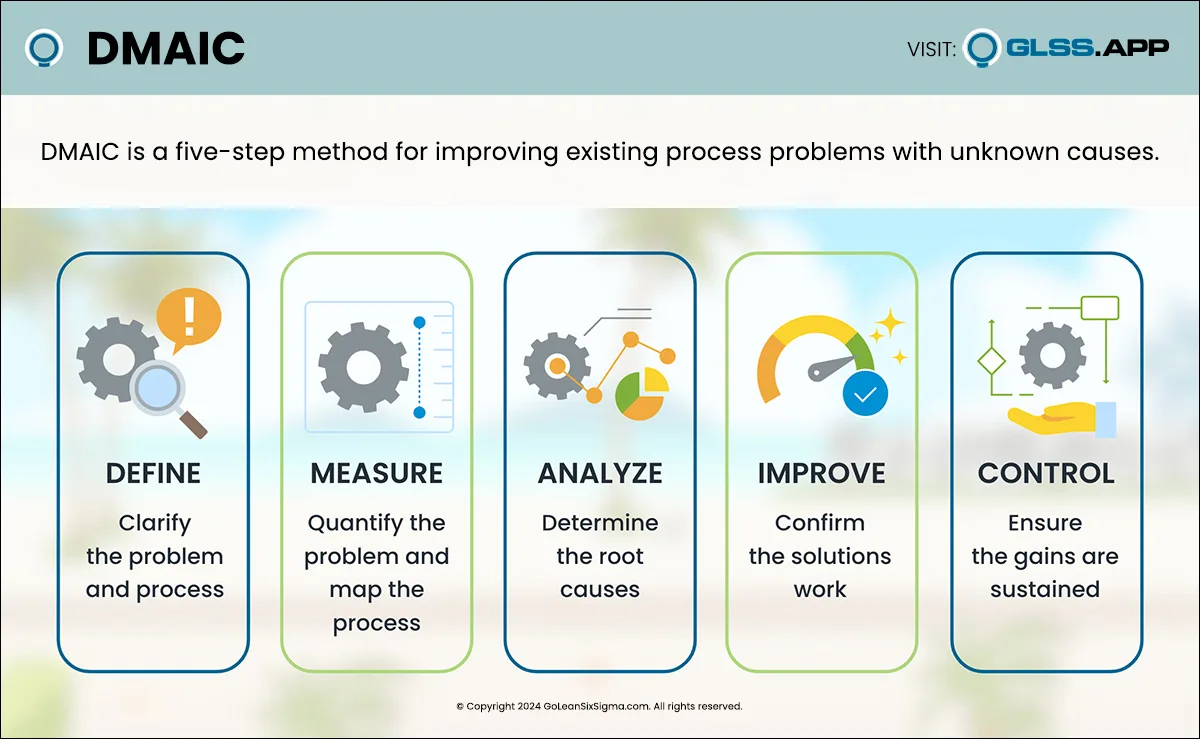
25. Although Green Belts generally work on projects within their functional areas, their training gives them insight into the impact of processes on the external customer – having this “line of sight” is greatly valued by management.
26. PDCA does not stand for “Please Don’t Change Anything!” It stands for Plan Do Check and Act/Adjust. Walter Shewhart’s PDCA is a simple but powerful continuous improvement cycle that anyone can use.
27. Green Belt Training promotes an alliance with a subject matter expert from Finance – this essential backing verifies the savings and cost avoidance achieved by each project.
28. Green Belt training does not mean you engage in a karate tournament, but it does mean you’ll be better equipped to cut and slash your way through workplace waste!
29. Taking Green Belt Training and improving processes with others can be fun! The tools are designed to help teams work together to discover the current state of processes and the root causes of nagging problems.
30. Our Training expands your process improvement toolkit, and helps you determine which tool is most appropriate and when.
31. In order to maximize retention of the Green Belt Training, it’s important to use the tools and concepts in a real-world application. GoLeanSixSigma.com’s Green Belt Certification enables you to apply these tools and concepts – not just learn about them.
32. Green Belt Training tools are not just for the workplace – you can apply them to your personal life too. Many Green Belts have conducted a 5S in their garage, their closets and even their kitchen pantries.
33. Green Belt level training increasingly shows up on job postings as problem-solving grows as a desired skill set.
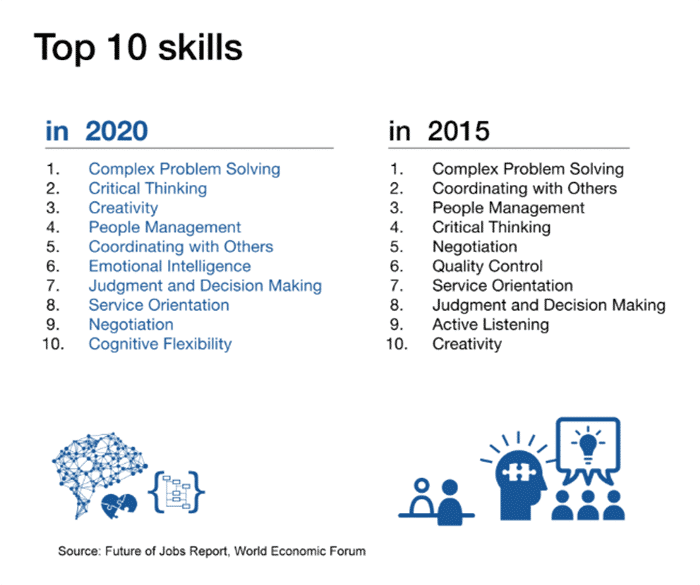
34. What you learn in Green Belt Training will never become obsolete because it’s about problem-solving and root cause analysis and everyone needs those skills everyday, in every profession in every industry.
35. Green Belt Training shows how Lean Six Sigma tools can be applied in administrative, service and not just manufacturing environments.
36. Our training allows for self-paced breaks between topics and, according to the recent book How We Learn this results in enhanced learning.
37. Green Belts don’t necessarily need to know how to use every single tool in the Lean Six Sigma Toolkit, but Green Belt Training creates awareness of the available tools so Green Belts know where to go when it’s time to use a tool they’re unfamiliar with.
38. Green Belt Training tools and concepts provide the basis for collaborative team activities and this drives essential engagement which means you don’t have to do all the work yourself!
39. Graphing and Charting techniques are central to Green Belt Training since they provide powerful visuals – “a picture’s worth a thousand words” and in the case of process improvement projects, they might also be worth thousands in cost-avoidance!
The Six Sigma program is very popular at Rose-Hulman Institute of Technology, so much so that Diane Evans, Rose-Hulman professor of engineering management, believes that it could be all she teaches each term and every class would be filled. Prospective employers seek out students with Six Sigma training. Alumni have advised Rose-Hulman that employers want to see Six Sigma on a resume because it demonstrates they know what tools to use to complete an improvement project. Although Rose-Hulman does not currently award Six Sigma certifications (or “belts” as they are referred to in Six Sigma terminology) to its students, completing the course and a project prepare them well for a future in process improvement and the real-world use of statistics. (read the full article here)
40. Conducting a Lean Six Sigma Green Belt project with a cross-functional team allows you to practice your facilitation skills which are highly valuable and required of most leaders.
41. While taking Green Belt Training and conducting a project, it’s a good idea to connect with others who are doing the same thing – even if they are not in your line of business, they can be sounding boards and offer examples of new tools and concepts.
42. The best team meetings for Green Belts and their teams are regular team meetings – If you know you’re going to meet every Tuesday at 10am, it’s both a chance to collaborate, and an automatic deadline for deliverables.
43. Green Belt Training comes with easy-to-use templates which facilitate the essential documentation of the project – and that makes it easy to update the Project Champion!
44. Lean Six Sigma Green Belt Certification can help you save money at home. Use it to reduce the electric bill, reduce wasted food and reduce unnecessary purchases and bills.
45. Lean does not stand for “Less Employees Are Needed!” Lean is not about eliminating people, it’s about eliminating waste. People are not a waste, yet they often waste time on activities that do not add value for the customer.
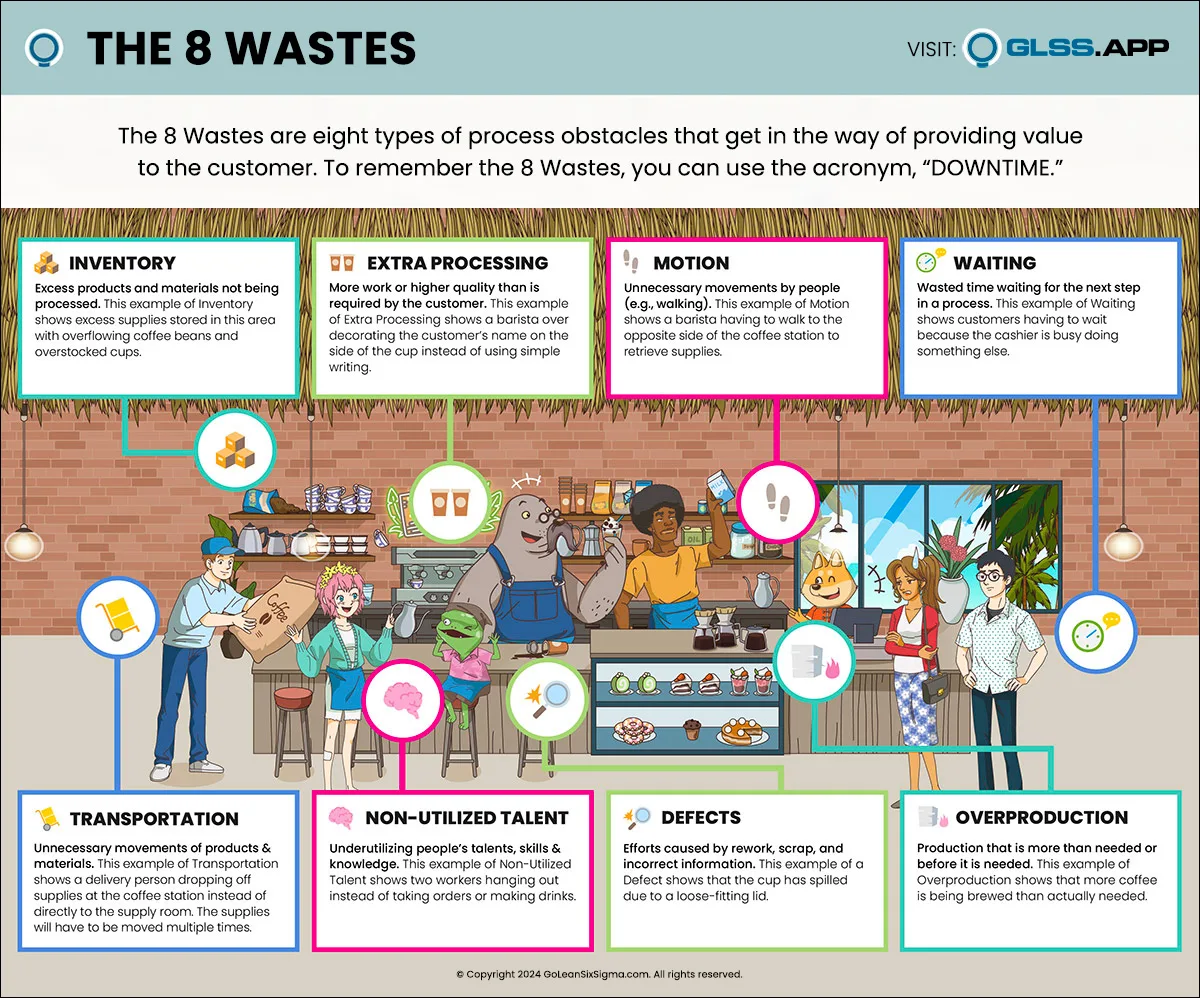
46. Lean has been around since the 1940s and Six Sigma has been around since the 1980s. Before Six Sigma was Total Quality Management (TQM), and before Lean was PDCA. This stuff has to work if it’s been around for this long!
47. Even though it wasn’t called Lean or Six Sigma, Henry Ford used Lean Six Sigma concepts and principles by when he pioneered the automated conveyor belt to build the Model T.
48. Our training explains why people might not like variation in processes. We like variation in our food choices, but we don’t like waiting for it! People want predictable and consistent processes and that’s what Green Belts provide.
49. There are organizations who have had less than stellar experiences with Lean Six Sigma, but that’s not the fault of the tools and methodology – it’s due to the way the effort was implemented. GoLeanSixSigma.com’s Green Belt Training guides you to use the most effective implementation methods.
50. Lean Six Sigma Green Belt Certification will help you avoid implementing other people’s pet solutions as well as random activities that don’t address root causes. Life is short – spend time on what matters!

Ready to start your Lean Six Sigma journey?
Start your Lean Six Sigma Training for free with GLSS.

